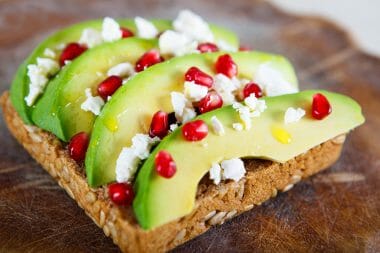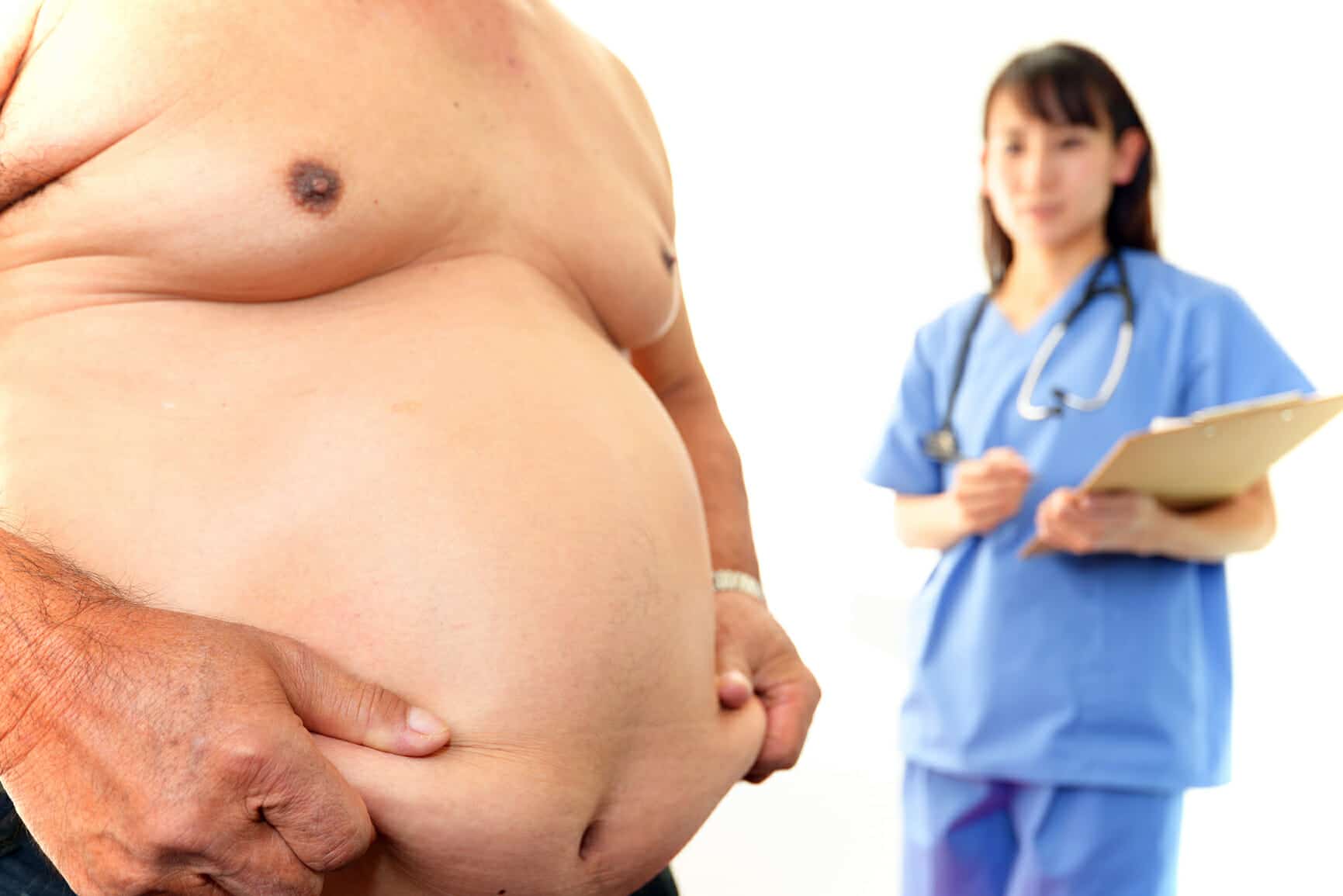Hourglass figure in women was a popular measure of feminine beauty through centuries. A significant ratio between the waist and hips was considered a sign of great beauty, even more than the bust size. As the fashion changed, the most valued ratio changed too. At times, the most beautiful women were voluptuous, with ample hips and wasp-thin waste, and at other times the popular ratio was, well, no ratio, like during the times of the skinny, boy-looking model Twiggy. But, doctors discovered that the waist to hip ratio is also a way of accessing our general health, particularly danger of obesity and related health risks.
How to measure waist to hip ratio (WHR)
The most accurate way to measure our waist to hip ratio is when standing with our legs together. Waist should measured at the narrowest part of the waist, or, if the waist is not obvious, at one inch above the navel. Hips should be measured at the widest part of the buttocks. When these two figures are divided, we get the WHR. The ratio higher than 0.85 in women and 0.9 in men is considered a sign of obesity.
What does waist have to do with health?
There are some things we cannot do much about. We inherit our general height and shape from our parents, and some of us are more apple-shaped, and others pear-shaped. We all know women who complain that every pound they gain goes straight to their buttocks, and others that first grow fat around the middle. While getting a thick padding of fat in any part of our body is bad, scientists believe that the fat around our abdomen, where many of our organs are located, is worse than in other parts. A number of studies show correlation between the waist to hip ratio, the accumulation of fat around the abdomen and obesity and cardiovascular diseases.
What can we do?
Keeping the overall healthy weight is the best we can do for our health. Balanced diet rich in fruits, vegetables and fiber, combined with regular exercise, will keep the fat away from all our body parts, including our waist. As long as we spend the same amount of energy as we consume through food, our weight will stay stable. A solid wall of abdominal muscles is the best way to keep your hourglass figure and ideal WHR.
Using waist to hip ratio as a measure of obesity is not ideal, as it depends on the body type. If a person gets equal amount of fat around both the waist and hips, he or she will retain ideal ratio and will have a nice hourglass figure. To get the best result WHR should be combined with Basal Metabolic Index. When it comes to physical attractiveness, there are many men who consider voluptuous women, with hourglass figure and a generous padding of fat, to be just perfect. There is no doubt that some obese women remain attractive, but that does not change the fact that obesity can seriously affect their health and put them in danger of many related diseases, such as Type II diabetes or cardiovascular diseases.






Reply